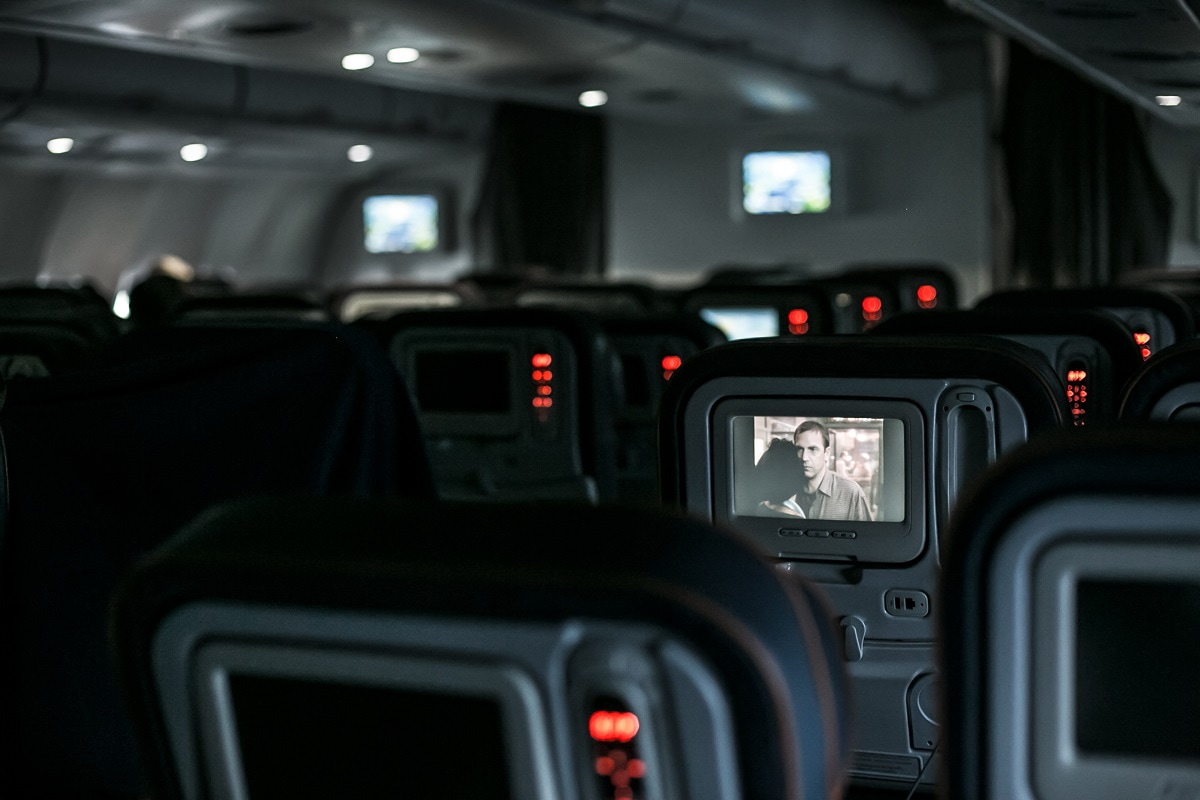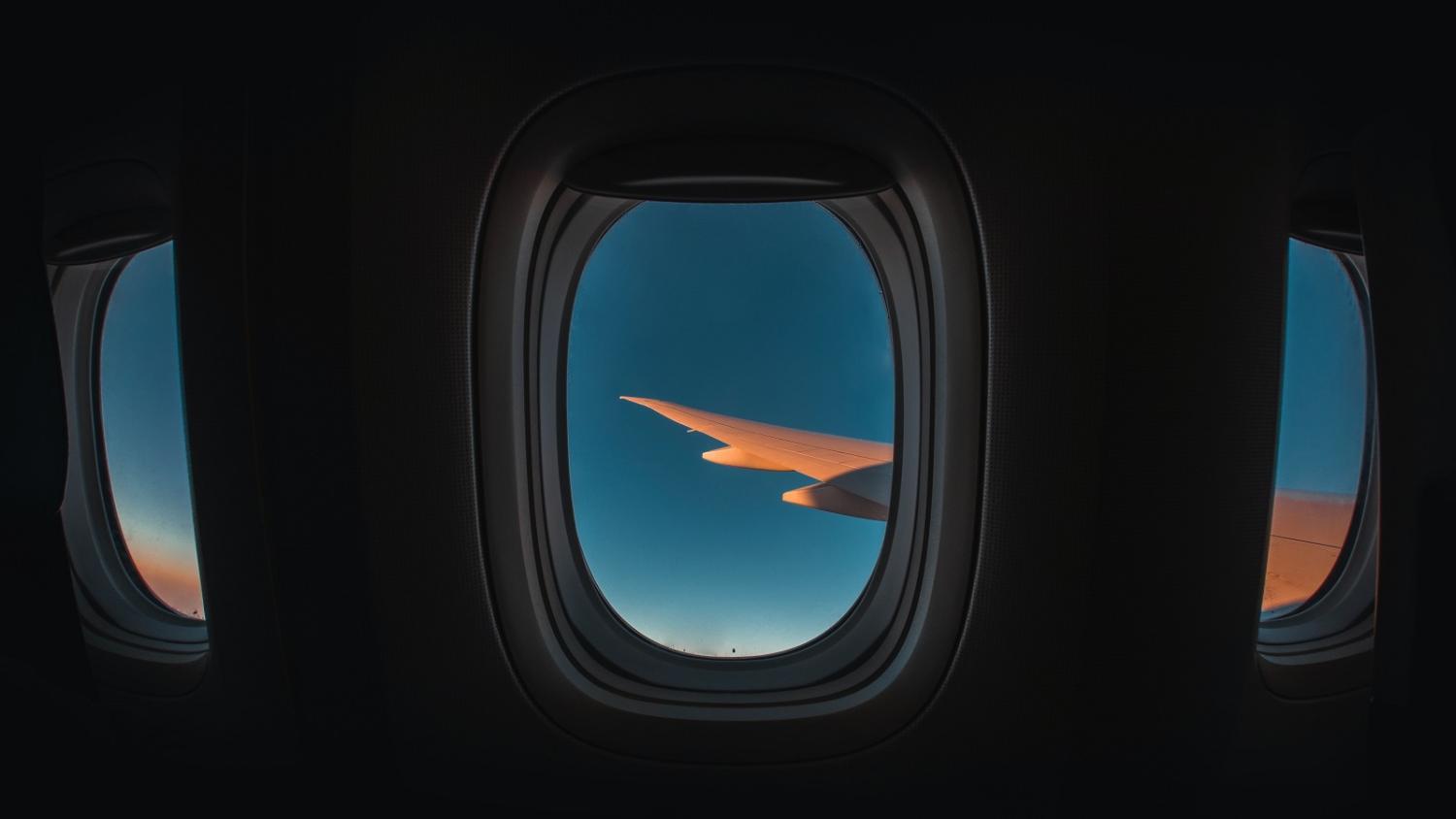My first and most memorable experience onboard a long-haul airliner was seeing Uluru from my window seat on a Singapore Airlines Boeing 747 twenty years ago as a child.
However, this transcendent experience is not available to today’s children, as airline staff relentlessly insist our window shades are lowered throughout long-haul flights. For example, on a recent 12-hour Melbourne to Delhi flight departing at 9.20am and landing at 4.45pm (local time), the window shades were shut after breakfast and remained so throughout the day until the pre-landing meal.
This phenomenon is commonplace.
Incredible spectacles take place outside aircraft windows. One can observe powerful distant electrical storms, peaks of mountains rising through clouds, seemingly endless rolling deserts, and remote islands inhabited by diverse tribes. Views of coastlines, peninsulas, cities, road networks, farms and forests elucidate our modern world. A long-haul flight can be a lesson in geography, climatology and anthropology.
The window seat also affords a unique perspective on patterns of air traffic, as other jetliners of different makes, operators and sizes pass at varying altitudes and headings. It’s not unusual for two or more aircraft departing international hubs simultaneously bound for Australia to cruise at relatively close proximity for many hours before peeling off, headed for respective capital cities. Watching these fellow aircraft cruise through the open sky is mesmerising.
One may even spot a military aircraft or surveillance drone on a secret mission.

Opportunities to observe Earth, the sky and human inventions from 40,000 feet are rare, unique and formative. I trace my interest in foreign affairs to international travel in my youth, and the views from aircraft windows. Seeing is believing, and these special glimpses complemented my understanding of the world around me.
Sure, there is logic in closing the shades on long-haul East-bound flights due to reduced nighttime hours, but on a daytime flight, the practice is sadistic.
Online consensus indicates that window shades are closed to allow passengers to sleep, and to reduce glare on entertainment screens. What a sorry state of affairs. The simple eye mask solves the first problem, and just closing the blinds ad hoc solves the second. But we’re so obsessed with our screens that we’re willing to give up the best show on Earth just to see those little pixels, which when coordinated in the right array show Love Island, free from occasional sun glare.
New aircraft, such as the Boeing 787, have electronically dimmable windows with five settings, which can be operated by passengers and crew, but locked in particular settings by the latter. While better than physical shades, these electrochromic smart glass windows still force a rather dim view of the world, both literally and metaphorically.
While it’s debatable whether closing window shades upon cabin crew request is legally “mandatory”, arguing with airline staff at altitude is never a good idea. In my experience, everyone acquiesces and shuts the blinds, even if one or two do so begrudgingly.
Rather than watching various wonderous worldly phenomena and mystifying celestial bodies pass by our window, we’re now forcibly reduced to whatever B-grade movies and series the airline could afford, advertising dressed up as a magazine in the seatback pocket, and whatever books or multimedia we could download or bring in advance, to pass the paradoxically long and dark daytime hours.
In the words of architect, designer, painter, urban planner and writer Le Corbusier, “light renders texture, illuminates surface, and provides sparkle and life”. Airlines have reduced what was once a bright, hopeful and spontaneous hop into a dreary, dark and monotonous trial.
But, really, it’s our fault. Collectively, we’d rather mindlessly stare at glare-free screens, or indeed, close our eyes, than surveil the veritable spectacle on the other side of the glass.
Next time you’re on a long-haul flight, take a look outside, you may see something that changes your world.

